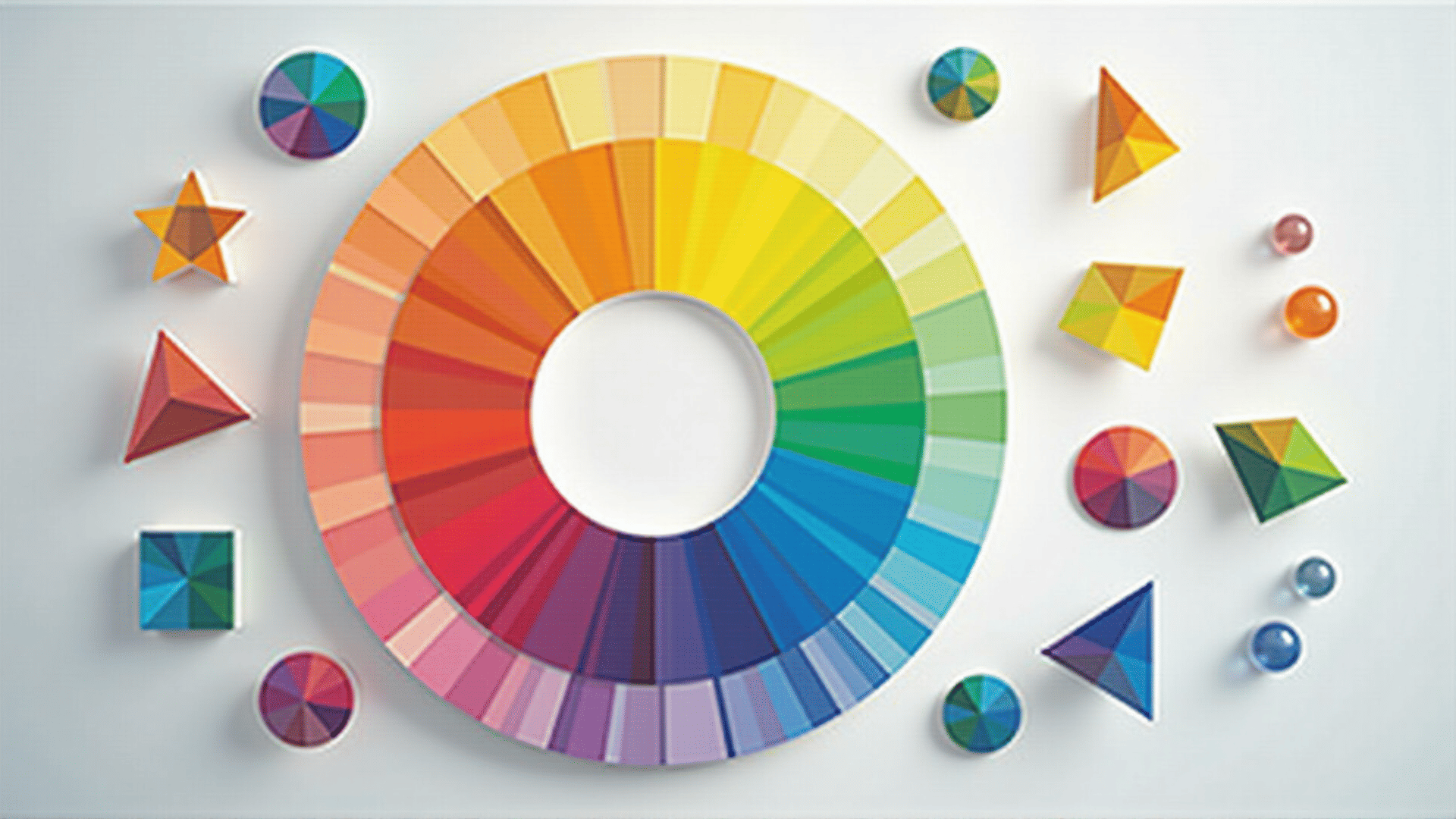Understanding the principles of color theory is essential for anyone interested in producing visually effective and emotionally engaging visuals. This field focuses on how colors interact, the effects they create when combined, and how these combinations can influence perception and feelings.
The fundamental building blocks of color theory are the primary colors: red, blue, and yellow. These colors cannot be created by mixing other colors together and they serve as the basis for creating secondary colors – green, orange, and purple – which result from blending two primary colors. Tertiary colors are formed by mixing a primary color with a neighboring secondary color, offering an even wider palette for artistic expression.
One of the essential concepts in this sphere is the color wheel, which organizes colors in a circular format. This tool helps creators understand color relationships and how they harmonize or contrast with each other. For instance, complementary colors, located opposite each other on the wheel, such as blue and orange, create high contrast and can make certain elements stand out. Conversely, analogous colors, which sit next to each other like blue and green, provide a more subdued and cohesive look, often evoking calmness.
The use of warm and cool colors also plays a significant role in composition. Warm colors like red, orange, and yellow often impart energy and vibrancy. They can evoke feelings of warmth and enthusiasm. On the other hand, cool colors like blue, green, and purple are typically associated with calmness and tranquility, making them ideal for soothing, peaceful compositions.
Beyond the visual impact, colors can communicate mood and emotion. For instance, red can symbolize passion or urgency, while blue often denotes trust and reliability. Understanding these associations allows creators to craft pieces that resonate emotionally with viewers.
Additionally, the concept of color harmony is critical. Different schemes, such as monochromatic, triadic, or split-complementary, can be utilized to achieve balance and unity in a visual work. Monochromatic schemes use different shades and tints of a single color to create a harmonious effect, while triadic schemes use colors evenly spaced around the color wheel for a dynamic and balanced appearance.
In summary, color theory is a vital aspect of composition that enables creators to construct visuals that are both appealing and emotionally impactful. By mastering the relationships between colors, understanding their psychological effects, and implementing various harmonious schemes, creators can significantly enhance the narrative and emotive depth of their work.
